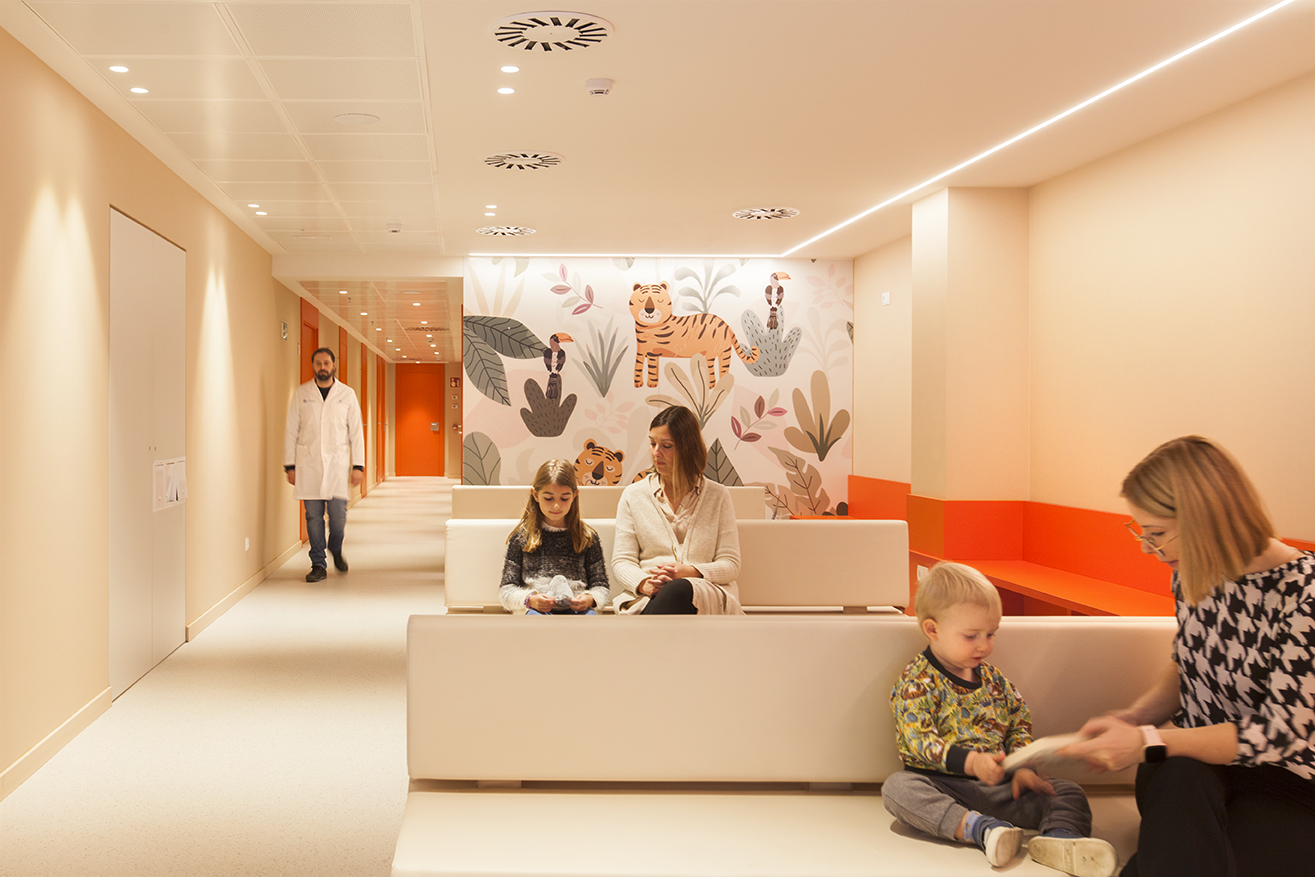One of the pending tasks in the health sector is to transform the hospital stay into the most pleasant experience possible for patients and their families. Designing a more comfortable environment for the sick becomes an almost moral obligation. In a context where the Catalan Health System (CatSalut) faces numerous challenges, such as the precariousness of infrastructure, the lack of professionals and the shortage of funds, hospital care is constantly re-evaluating its environments to place well-being at the center of its priorities.
Prioritizing the comfort of hospitalized patients and their families implies comprehensive care that takes into account both physical needs and emotional and psychological aspects. This approach must be reflected in the various hospital spaces and facilities.
Regarding the requirements of the physical environment, maintaining high standards of cleaning and disinfection is essential to ensure the well-being of patients. It is crucial that people feel not only comfortable, but also safe and protected from the risk of infection. Special attention should be paid to high-touch points, such as handrails, elevator buttons and door handles, as well as medium and high-risk areas, such as operating rooms, intensive care units and emergency departments. In these places, it is essential to follow strict cleaning and disinfection protocols.
Another aspect related to the patient’s physical well-being is the control of environmental factors, such as lighting, temperature, and thermal and acoustic comfort in different hospital spaces. It is well known that, in inpatient areas, such as Intensive Care Units, it is crucial to maintain the circadian rhythm through adequate lighting, as this directly impacts the patient’s recovery. When it comes to temperature, it is vital that it is adjusted appropriately in each area to ensure thermal comfort while meeting energy efficiency goals. Ventilation systems must ensure, through appropriate filters, a well-aerated and pathogen-free environment, which is essential to reduce the risk of transmission of infections.
All these factors must be considered in the design of healthcare facilities, which must be equipped with sensors to monitor and adjust environmental conditions according to needs. This will improve preventive, predictive and corrective maintenance processes.
In the architectural field, it is essential that hospital spaces, whether newly built or renovated, are designed in accordance with functional requirements and taking into account the needs of patients and their families.

